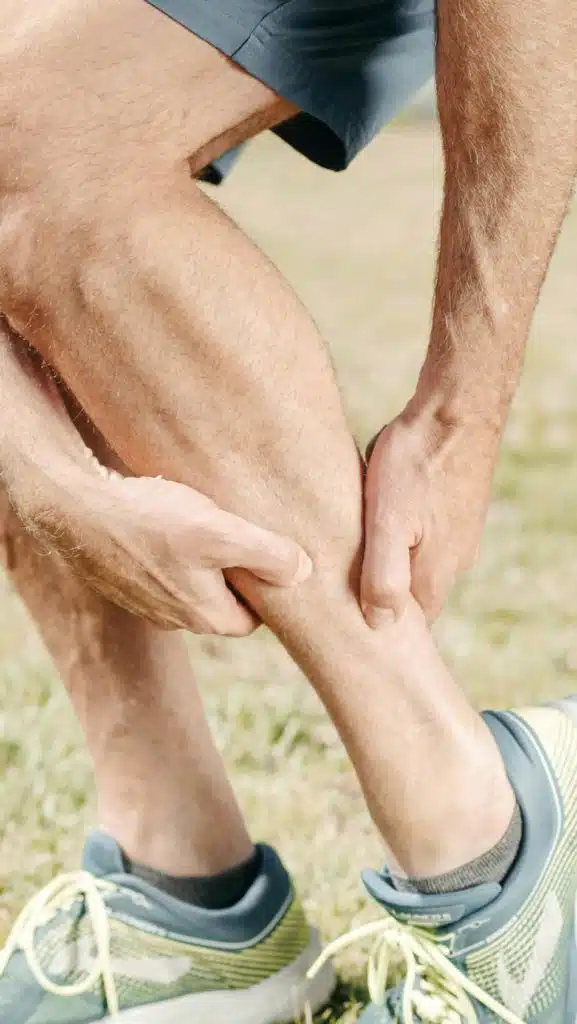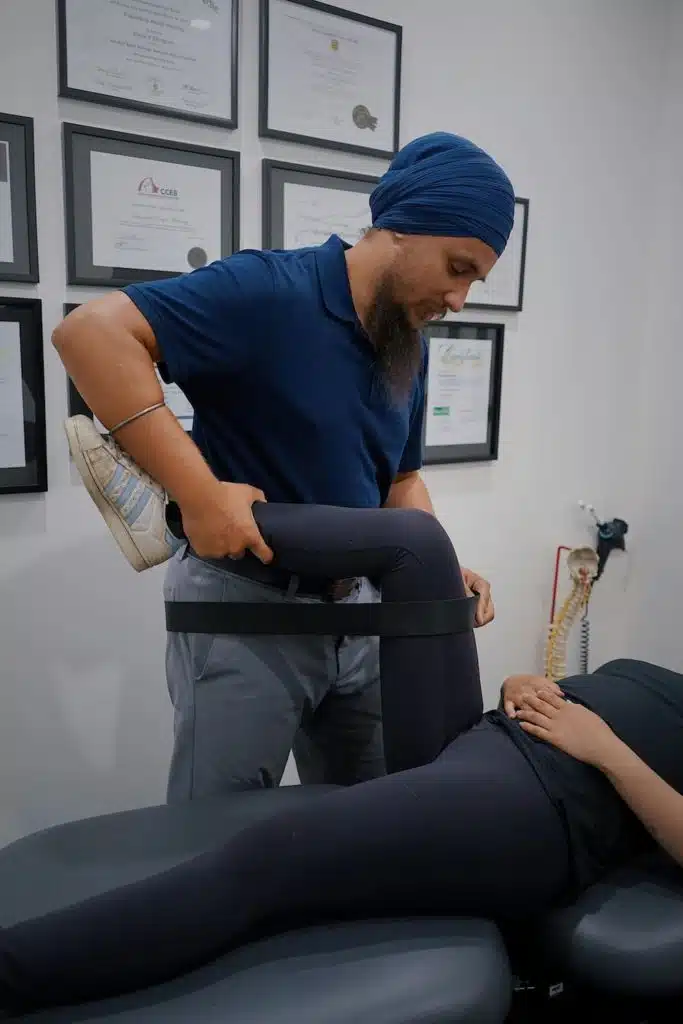
- Home
- About
- Services
- Conditions
- Symptoms
- Patients
- Reviews
- Contact

Do you ever feel persistent, deep-seated pain in your muscles, affecting your ability to work or enjoy leisure activities? If yes, it might be myofascial pain syndrome (MPS), a chronic condition.
Understanding this condition can empower you to seek appropriate care and regain control over your life. In this blog post, we will explore its causes, symptoms, and treatment options.
MPS is a chronic pain disorder of the muscles and the fascial tissues surrounding them. Studies suggest that MPS affects up to 9 million people in the United States.
This condition can severely impact quality of life, making everyday activities such as sitting, walking, or even sleeping difficult and uncomfortable. Beyond physical discomfort, it can also lead to emotional distress and frustration due to its chronic nature and varying levels of pain intensity.
Below are the most common MPS causes.

Acute injuries like muscle strains or sprains can cause MPS. When muscles are injured, they may develop trigger points or areas of increased sensitivity and tightness, contributing to ongoing pain and discomfort.
Repetitive motions in sports or work can lead to the development of MPS. For example, athletes who repeatedly use specific muscle groups or individuals with occupations that involve manual labor are at higher risk.
Poor posture, especially over prolonged periods, can strain muscles and contribute to the development of MPS. Examples include sitting at a desk with poor ergonomic setup, slouching while standing, or improper lifting techniques.
Here are the symptoms of MPS. Recognizing these symptoms is crucial for diagnosing and managing the condition effectively.
The pain associated with MPS can be sharp and instantaneous or dull and constant. The pain may also be localized or referred. Localized pain is pain that you feel in the affected area. On the other hand, referred pain is pain that you feel in a different place than where the problem is.
Trigger points feel like tender knots or bumps that feel painful, especially when touched or pressed on.
MPS can lead to stiffness and limited flexibility in affected muscles and joints, reducing range of motion.
Chronic pain from MPS can lead to poor sleep. This can exacerbate pain and fatigue, creating a cycle of discomfort.
Various treatment options are available for MPS. Each offers unique benefits and is best used in combination with others. See a professional healthcare provider who can tailor a comprehensive treatment plan that addresses your specific needs and symptoms.
Medications commonly used to manage MPS include the following:

Physical therapy plays a crucial role in treating MPS by guiding the patient through exercises that strengthen, stretch, and relax the muscles.
Some exercises for MPS include
Trigger point injections involve injecting a local anesthetic or corticosteroid into the tight, painful muscles. This helps relax the muscles and reduce pain. The injections work by interrupting pain signals and decreasing inflammation, providing relief from muscle pain and improving function.
Acupuncture involves inserting thin needles into specific points on the body to stimulate energy flow and reduce pain. For MPS, it promotes relaxation by targeting tight muscles and improving blood circulation, which can alleviate pain and enhance sleep quality. This helps manage symptoms and supports overall well-being.

Massage therapy helps relieve MPS by reducing muscle tension and improving circulation. Myofascial release techniques, in particular, target tight fascia and connective tissues, gently stretching and releasing restrictions. This enhances flexibility, reduces pain, and promotes overall muscle relaxation and function.
Chiropractic adjustments can help manage MPS by realigning the spine and improving joint function. This reduces nerve irritation, leading to decreased pain and increased mobility. Improved spinal alignment can also enhance overall muscle function and promote better posture, aiding in symptom relief.
Follow these tips to reduce your risk of developing MPS.
When muscle pain starts to feel chronic and overwhelming, early medical intervention is key. Also, practice the self-care tips above to stop the pain from becoming a bigger, more disruptive problem.
Most of us will experience MPS at some point. If you seek safe and effective treatment for myofascial pain syndrome, Dr. Shahen Simian of Allied Pain and Wellness can help. He brings extensive experience in chiropractic care, therapeutic exercises, and myofascial therapy. He understands that each patient is unique, which is why he offers personalized treatments tailored to your specific needs.
Call (818) 688-2275 today to request an appointment.

Monday: 9:00am-7:00pm
Tuesday: 9:00am-7:00pm
Wednesday: 9:00am-7:00pm
Thursday: 9:00am-7:00pm
Friday: 9:00am-7:00pm
Saturday: 9:00am-2:00pm
Sunday: Closed